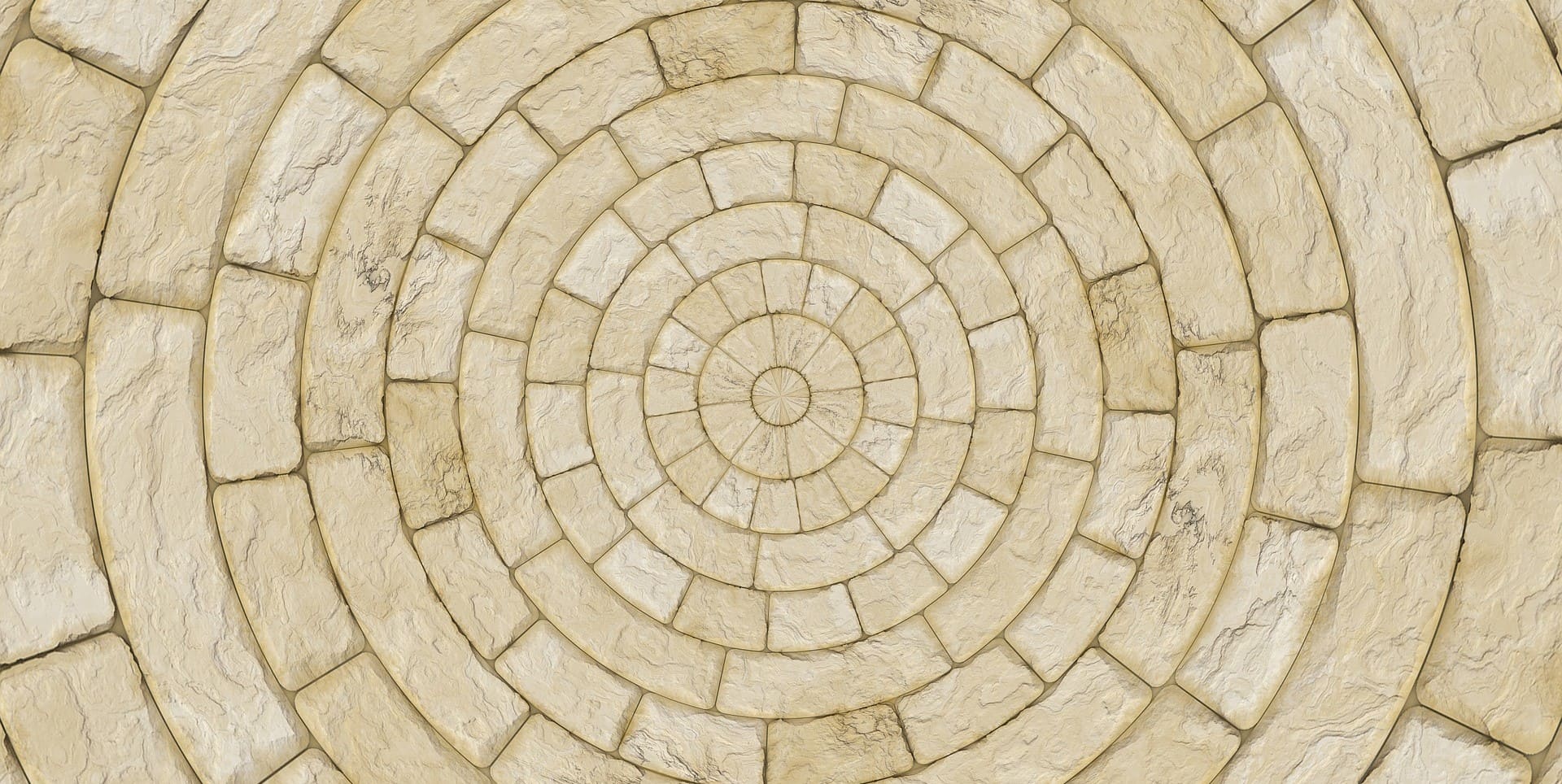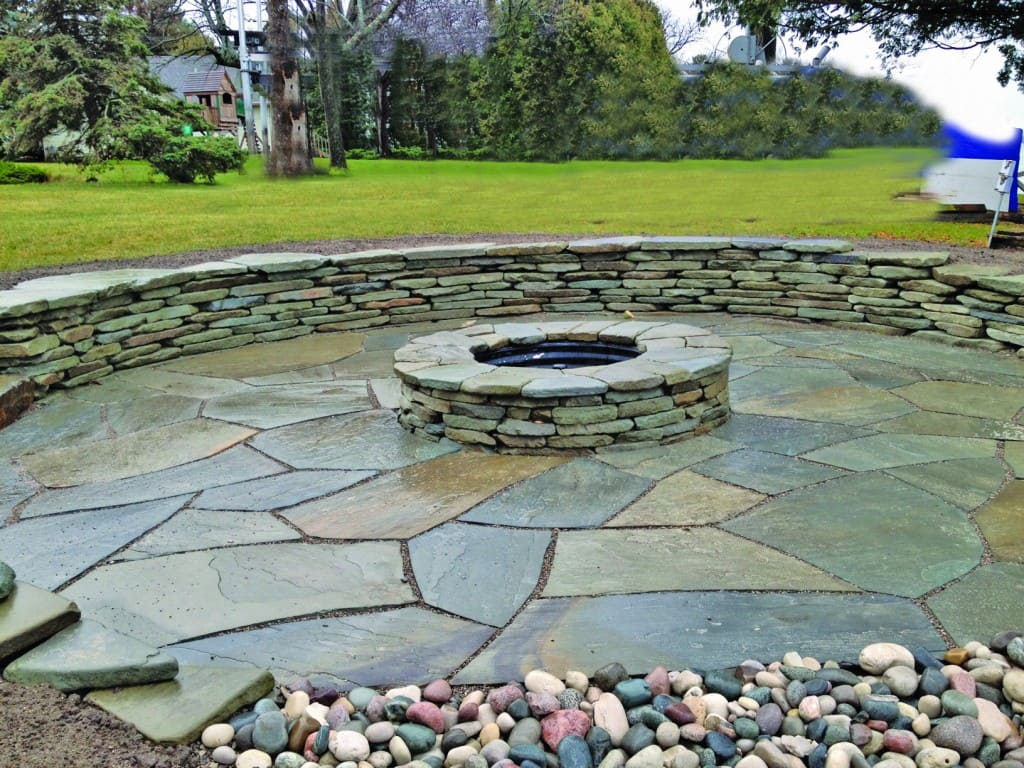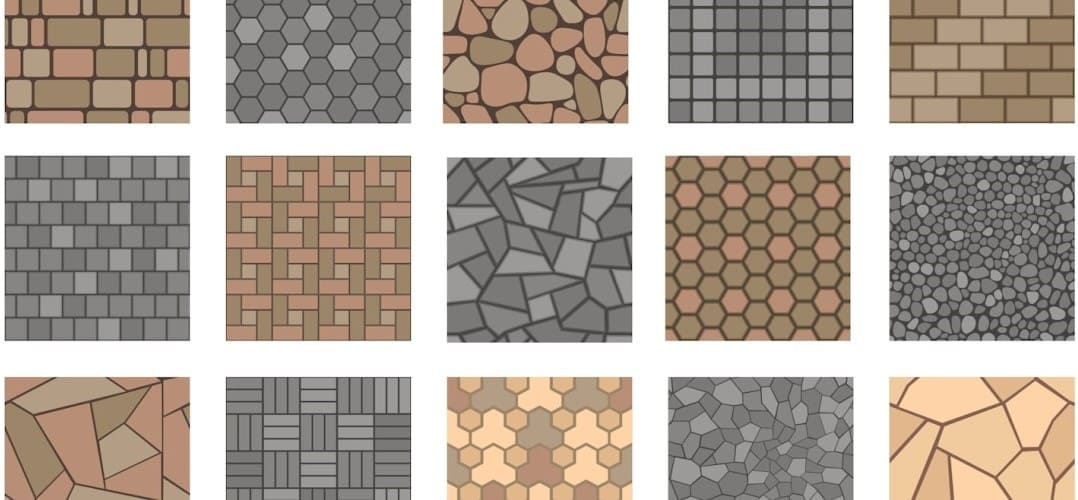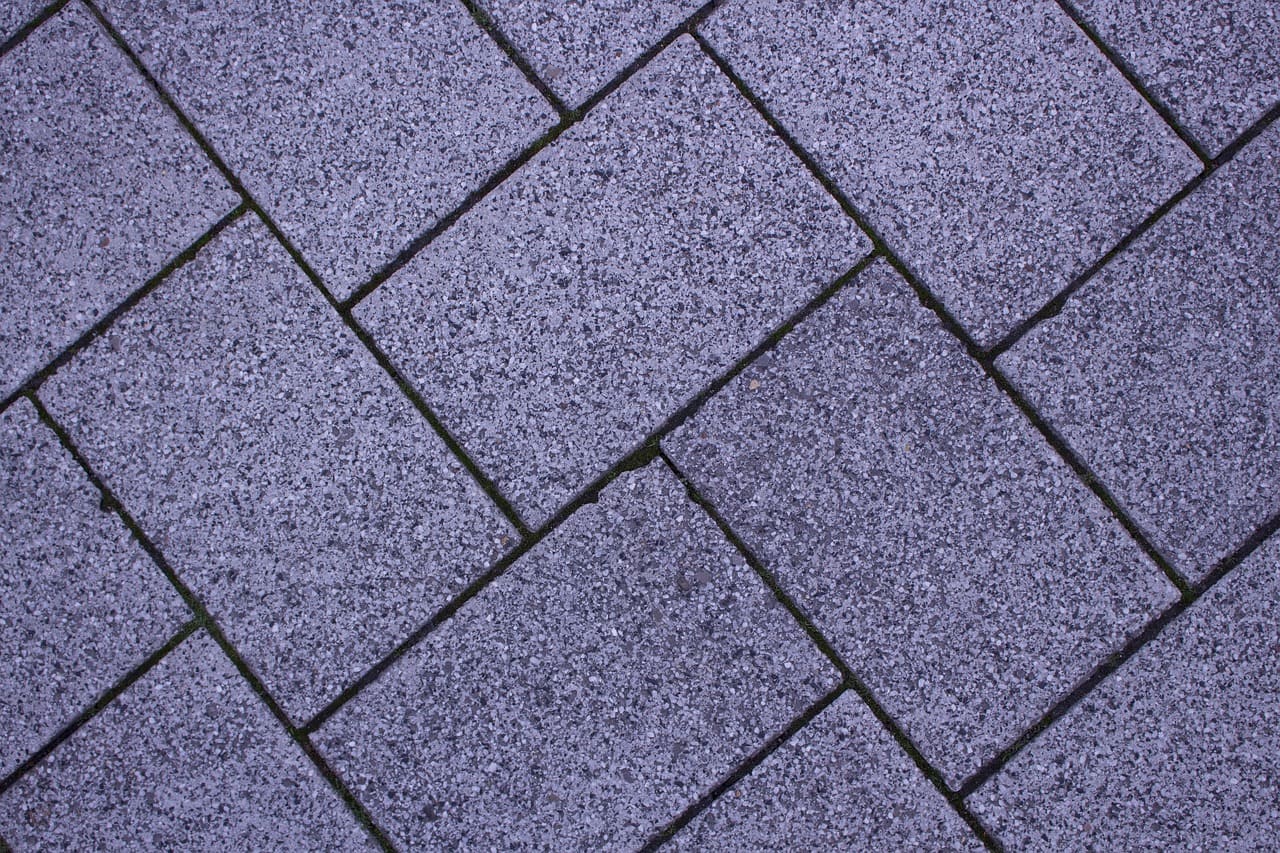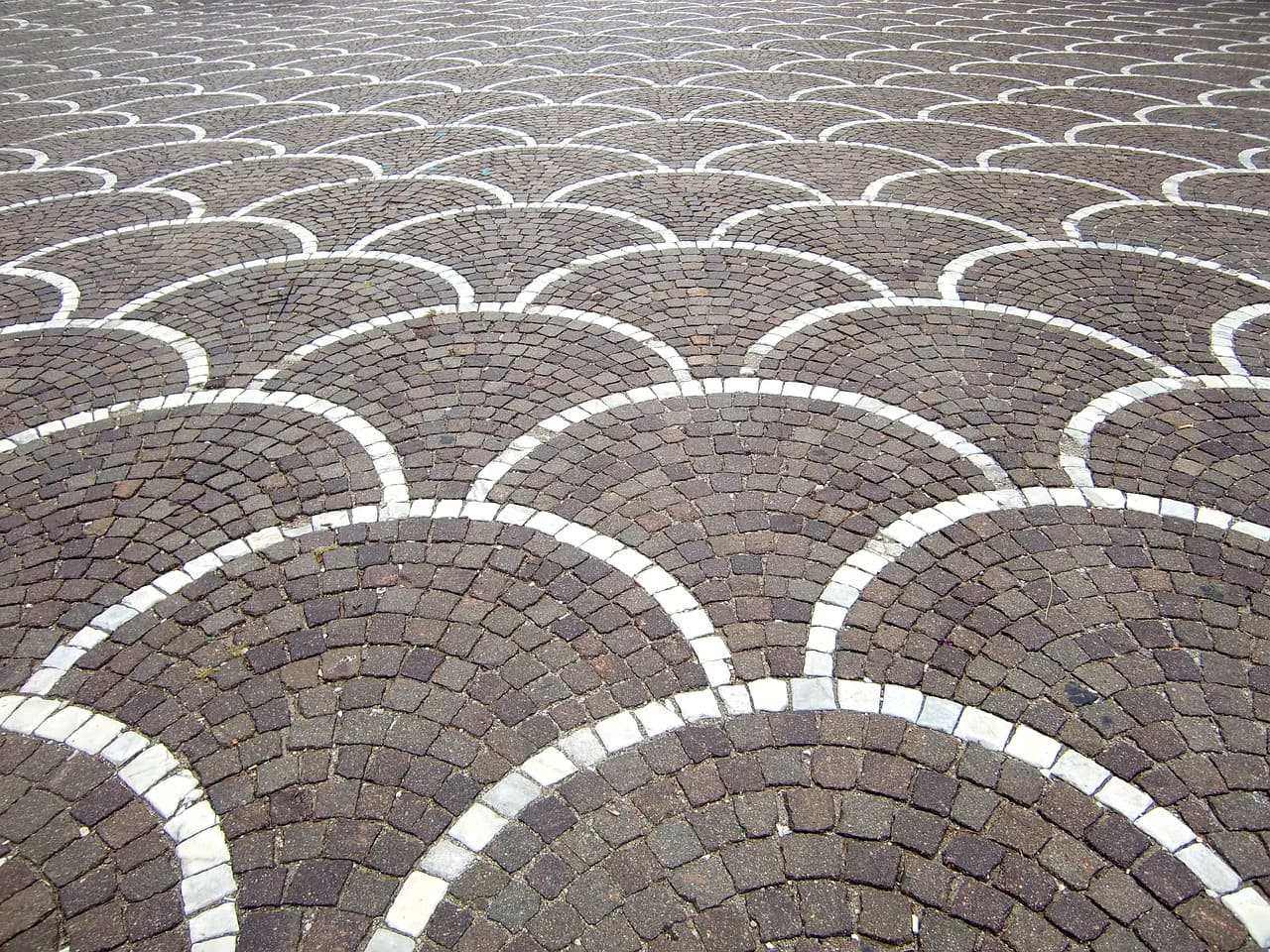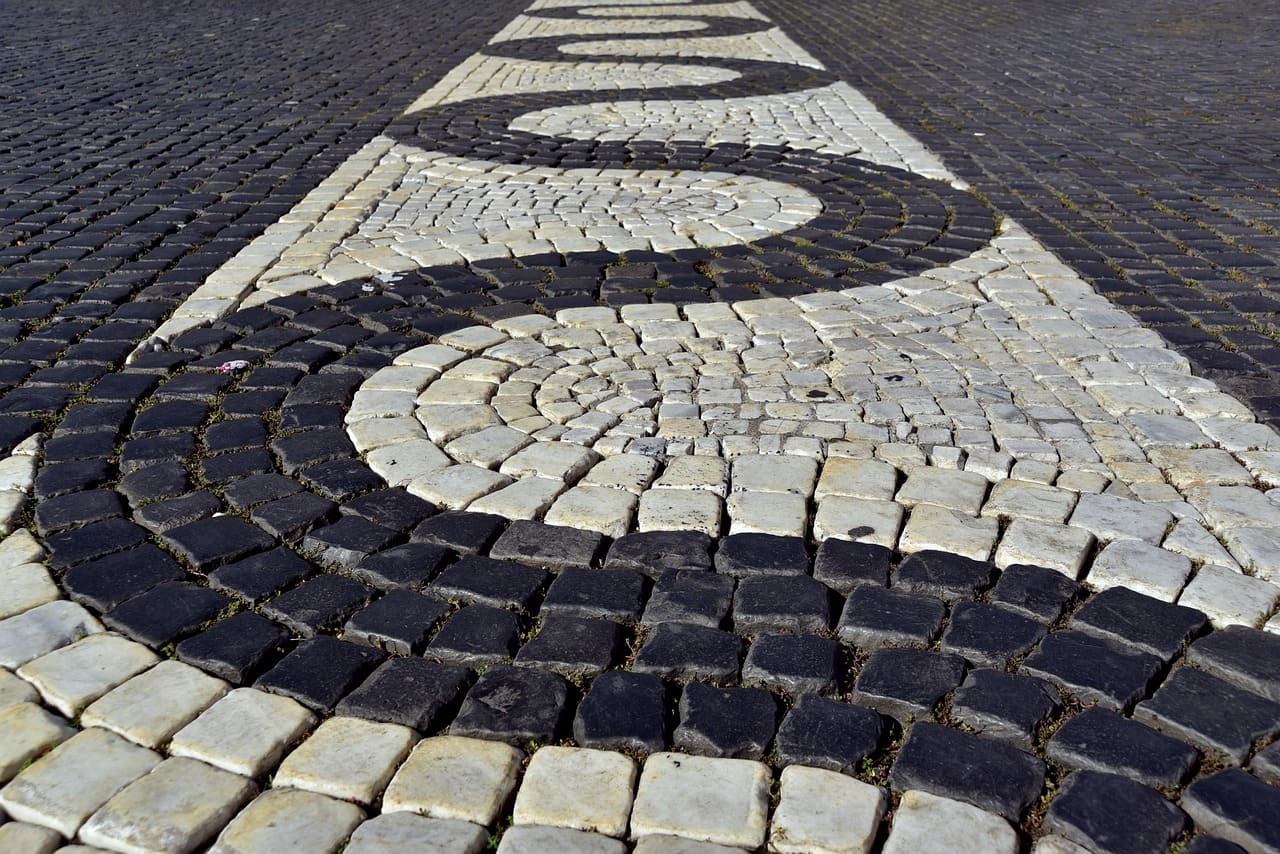When it comes to transforming outdoor spaces, natural stone paving is a popular
choice that combines aesthetic appeal with durability. From creating stunning
pathways to designing captivating patios, natural stone paving offers a timeless
charm that seamlessly blends with various architectural styles. In this blog
post, we will explore the enchanting world of natural stone paving, highlighting
its benefits, popular stone options, installation techniques, and maintenance
tips.
Natural stone is a popular choice for outdoor applications because of its durability, endurance,
and pleasing appearance. However, the performance of natural stone in outdoor settings might vary
depending on the kind of stone, environment, upkeep, and installation techniques.
Proper installation is critical to the durability of outdoor stone. Adequate foundation
preparation, correct drainage, and suitable installation procedures assist avoid concerns like as
settling, cracking, or uneven surfaces.
2. Popular Natural Stone Paving Options
Flagstone : Flagstone stone pavement provides a timeless and natural accent to outdoor
settings. Its uneven form and wide range of possibilities make it a popular choice for people
seeking a rustic and visually attractive paving material.
Granite : Known for its hardness and weather resilience, is a long-lasting material
for outdoor applications. It can survive freeze-thaw cycles and resists stains and scratches.
Limestone : While limestone has a softer look, certain kinds are ideal for outdoor
applications. However, it may be more prone to weathering and need more upkeep.
Sandstone : Sandstone stone pavement is a popular substitute for creating
natural-looking outdoor settings. Its distinctive looks, diversity of treatments, and reasonable
durability make it an adaptable choice for a wide range of landscaping projects.
3. Installation Techniques and Design Ideas
By combining competent installation procedures with unique design ideas, you can create a beautiful
and useful stone paving project that improves the overall appearance of your outdoor area.
Random Pattern : Stones are put in a random pattern without a precise repeating sequence,
giving the surface a natural, uneven look. This style has the appearance of natural stone found in
nature.
Modular Pattern : Modular patterns are made up of repeated pieces or modules of stone
that have a regular form or size. Examples include squares, rectangles, and other geometric forms.
Herringbone Pattern : In a herringbone pattern, stones are arranged at a 45-degree angle
to form a zigzag or "V" shape. This design provides visual appeal and intricacy.
4. Maintenance and Care
Cleaning stone pavements regularly helps to preserve their beauty and lifespan. Cleaning procedures
differ depending on the kind of stone and the nature of the dirt, stains, or moss.
Regular Sweeping : Use a broom or a leaf blower to remove loose debris and dirt from the
surface regularly. This prevents the buildup of dirt that can lead to stains.
Natural Remedies : For a more environment-friendly solution, use a combination of water
and baking soda or water and hydrogen peroxide to mossy areas. Allow it to rest for a while before
cleaning and rinsing.
Pressure Washing :Pressure washing may effectively remove grime and stains. To prevent
damaging the stone surface, use a pressure washer on a low to medium setting with the nozzle kept
at a safe distance.
5. Enhancing Natural Stone Paving with Accessories
When incorporating accessories, it's critical to strike a balance and consider the overall look.
Choose pieces that complement the natural stone to create a unified and attractive outdoor space.
Install outdoor lights to bring out the beauty of your natural stone pavement in the evening.
Pathway lights, string lights, lanterns, and recessed ground or wall illumination are all options.
Planters or pots placed correctly may provide vegetation to your asphalt surfaces. Consider
plants that will compliment the stone and flourish in your environment.
Include a water feature, such a fountain, pond, or waterfall. The sound of rushing water may
help to create a relaxing mood while also improving the overall appearance.
Incorporate outdoor art or sculptures to provide a sense of creativity and personality. Choose
objects that reflect your style and suit the natural environment.
6. Sustainability and Environmental Considerations
Sustainable considerations may be included into the design, selection, and installation stages
of stone paving projects, allowing you to create outdoor areas that not only fulfill their
intended function but also benefit the environment and local ecosystems.
Permeable pavement solutions contribute significantly to stormwater management by enabling
water to soak through the surface, decreasing runoff and lowering the danger of floods. These
ecologically friendly alternatives assist replenish groundwater and avoid soil erosion.
Opting for reclaimed or salvaged stone is an environmentally conscious approach that promotes
sustainability by repurposing materials and reducing the demand for new extraction. Reclaimed or
salvaged stones often come from structures that have been dismantled or demolished, providing a
second life to the materials.
Conclusion:
Natural stone paving presents an exceptional opportunity to elevate outdoor
spaces with its enduring beauty and strength. Whether you are designing a
charming garden pathway or creating a stylish patio, natural stone paving
offers a versatile and durable solution. By understanding the benefits,
selecting the right stone, employing proper installation techniques, and
maintaining the paved surfaces, you can ensure that your outdoor area
becomes a captivating oasis that withstands the test of time.

